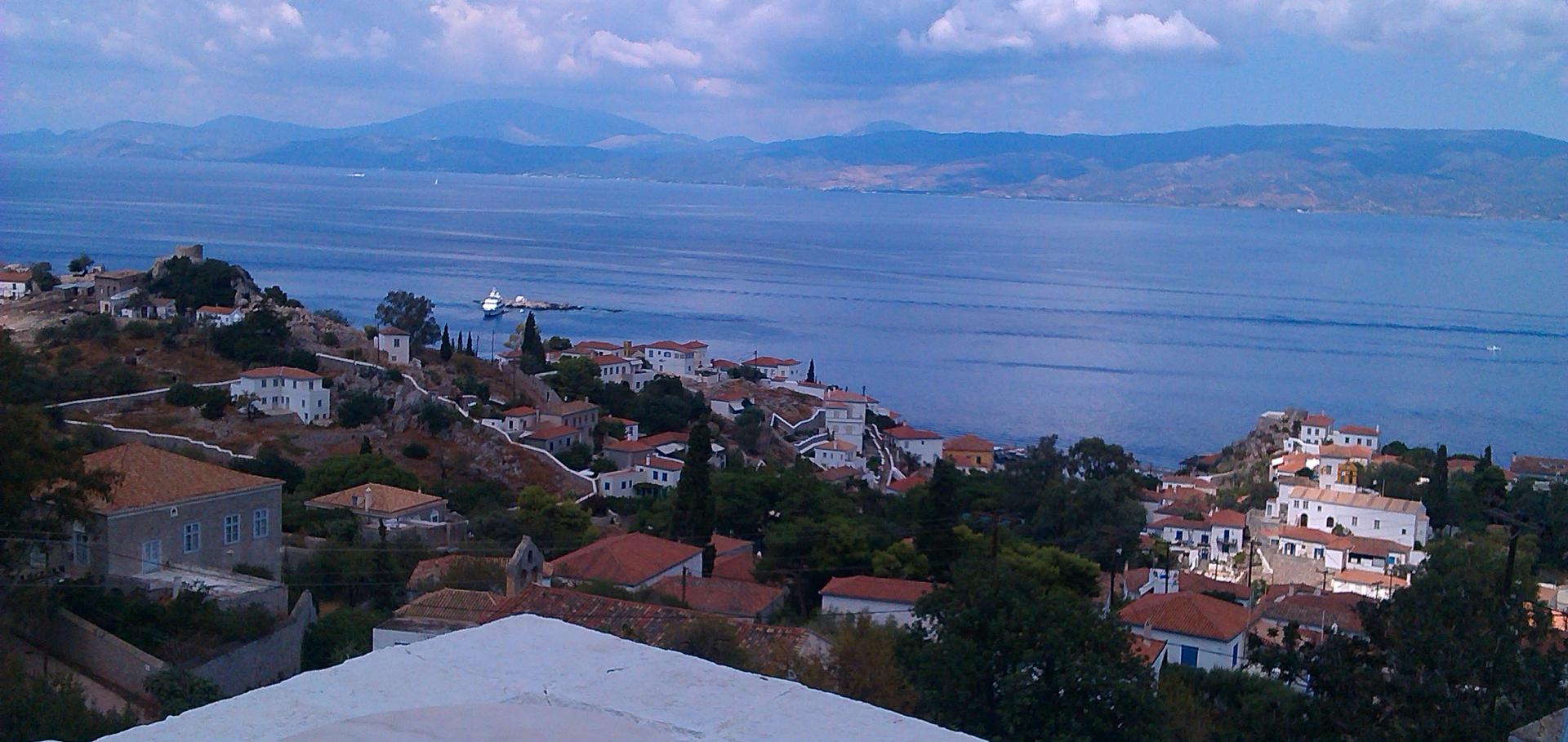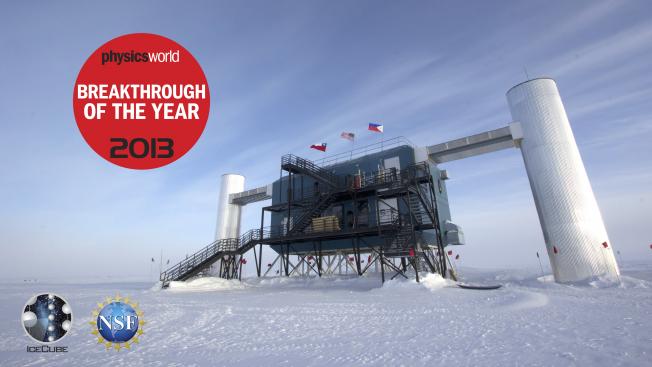Erratum to “The Lateral Trigger Probability function for the Ultra-High Energy Cosmic Ray Showers detected by the Pierre Auger Observatory” [Astroparticle Physics 35 (2011) 266–276]
Astroparticle Physics Elsevier BV 35:10 (2012) 681-684
Authors:
P Abreu, M Aglietta, EJ Ahn, IFM Albuquerque, D Allard, I Allekotte, J Allen, P Allison, J Alvarez Castillo, J Alvarez-Muñiz, M Ambrosio, A Aminaei, L Anchordoqui, S Andringa, T Antičić, A Anzalone, C Aramo, E Arganda, F Arqueros, H Asorey, P Assis, J Aublin, M Ave, M Avenier, G Avila, T Bäcker, M Balzer, KB Barber, AF Barbosa, R Bardenet, SLC Barroso, B Baughman, J Bäuml, JJ Beatty, BR Becker, KH Becker, A Bellétoile, JA Bellido, S BenZvi, C Berat, X Bertou, PL Biermann, P Billoir, F Blanco, M Blanco, C Bleve, H Blümer, M Boháčová, D Boncioli, C Bonifazi, R Bonino, N Borodai, J Brack, P Brogueira, WC Brown, R Bruijn, P Buchholz, A Bueno, RE Burton, KS Caballero-Mora, L Caramete, R Caruso, A Castellina, O Catalano, G Cataldi, L Cazon, R Cester, J Chauvin, SH Cheng, A Chiavassa, JA Chinellato, A Chou, J Chudoba, RW Clay, MR Coluccia, R Conceição, F Contreras, H Cook, MJ Cooper, J Coppens, A Cordier, U Cotti, S Coutu, CE Covault, A Creusot, A Criss, J Cronin, A Curutiu, S Dagoret-Campagne, R Dallier, S Dasso, K Daumiller, BR Dawson, RM de Almeida, M De Domenico, C De Donato, SJ de Jong, G De La Vega, WJM de Mello Junior, JRT de Mello Neto, I De Mitri, V de Souza, KD de Vries, G Decerprit, L del Peral, O Deligny, H Dembinski, N Dhital, C Di Giulio, JC Diaz, ML Díaz Castro, PN Diep, C Dobrigkeit, W Docters, JC D’Olivo, PN Dong, A Dorofeev, JC dos Anjos, MT Dova, D D’Urso, I Dutan, J Ebr, R Engel, M Erdmann, CO Escobar, A Etchegoyen, P Facal San Luis, I Fajardo Tapia, H Falcke, G Farrar, AC Fauth, N Fazzini, AP Ferguson, A Ferrero, B Fick, A Filevich, A Filipčič, S Fliescher, CE Fracchiolla, ED Fraenkel, U Fröhlich, B Fuchs, R Gaior, RF Gamarra, S Gambetta, B García, D García Gámez, D Garcia-Pinto, A Gascon, H Gemmeke, K Gesterling, PL Ghia, U Giaccari, M Giller, H Glass, MS Gold, G Golup, F Gomez Albarracin, M Gómez Berisso, P Gonçalves, D Gonzalez, JG Gonzalez, B Gookin, D Góra, A Gorgi, P Gouffon, SR Gozzini, E Grashorn, S Grebe, N Griffith, M Grigat, AF Grillo, Y Guardincerri, F Guarino, GP Guedes, A Guzman, JD Hague, P Hansen, D Harari, S Harmsma, JL Harton, A Haungs, T Hebbeker, D Heck, AE Herve, C Hojvat, N Hollon, VC Holmes, P Homola, JR Hörandel, A Horneffer, M Hrabovský, T Huege, A Insolia, F Ionita, A Italiano, C Jarne, S Jiraskova, K Kadija, KH Kampert, P Karhan, P Kasper, B Kégl, B Keilhauer, A Keivani, JL Kelley, E Kemp, RM Kieckhafer, HO Klages, M Kleifges, J Kleinfeller, J Knapp, D-H Koang, K Kotera, N Krohm, O Krömer, D Kruppke-Hansen, F Kuehn, D Kuempel, JK Kulbartz, N Kunka, G La Rosa, C Lachaud, P Lautridou, MSAB Leão, D Lebrun, P Lebrun, MA Leigui de Oliveira, A Lemiere, A Letessier-Selvon, I Lhenry-Yvon, K Link, R López, A Lopez Agüera, K Louedec, J Lozano Bahilo, A Lucero, M Ludwig, H Lyberis, MC Maccarone, C Macolino, S Maldera, D Mandat, P Mantsch, AG Mariazzi, J Marin, V Marin, IC Maris, HR Marquez Falcon, G Marsella, D Martello, L Martin, H Martinez, O Martínez Bravo, HJ Mathes, J Matthews, JAJ Matthews, G Matthiae, D Maurizio, PO Mazur, G Medina-Tanco, M Melissas, D Melo, E Menichetti, A Menshikov, P Mertsch, C Meurer, S Mićanović, MI Micheletti, W Miller, L Miramonti, S Mollerach, M Monasor, D Monnier Ragaigne, F Montanet, B Morales, C Morello, E Moreno, JC Moreno, C Morris, M Mostafá, CA Moura, S Mueller, MA Muller, G Müller, M Münchmeyer, R Mussa, G Navarra, JL Navarro, S Navas, P Necesal, L Nellen, A Nelles, PT Nhung, L Niemietz, N Nierstenhoefer, D Nitz, D Nosek, L Nožka, M Nyklicek, J Oehlschläger, A Olinto, P Oliva, VM Olmos-Gilbaja, M Ortiz, N Pacheco, D Pakk Selmi-Dei, M Palatka, J Pallotta, N Palmieri, G Parente, E Parizot, A Parra, RD Parsons, S Pastor, T Paul, M Pech, J Pe¸kala, R Pelayo, IM Pepe, L Perrone, R Pesce, E Petermann, S Petrera, P Petrinca, A Petrolini, Y Petrov, J Petrovic, C Pfendner, N Phan, R Piegaia, T Pierog, P Pieroni, M Pimenta, V Pirronello, M Platino, VH Ponce, M Pontz, P Privitera, M Prouza, EJ Quel, S Querchfeld, J Rautenberg, O Ravel, D Ravignani, B Revenu, J Ridky, S Riggi, M Risse, P Ristori, H Rivera, V Rizi, J Roberts, C Robledo, W Rodrigues de Carvalho, G Rodriguez, J Rodriguez Martino, J Rodriguez Rojo, I Rodriguez-Cabo, MD Rodríguez-Frías, G Ros, J Rosado, T Rossler, M Roth, B Rouillé-d’Orfeuil, E Roulet, AC Rovero, C Rühle, F Salamida, H Salazar, G Salina, F Sánchez, M Santander, CE Santo, E Santos, EM Santos, F Sarazin, B Sarkar, S Sarkar, R Sato, N Scharf, V Scherini, H Schieler, P Schiffer, A Schmidt, F Schmidt, T Schmidt, O Scholten, H Schoorlemmer, J Schovancova, P Schovánek, F Schröder, S Schulte, D Schuster, SJ Sciutto, M Scuderi, A Segreto, M Settimo, A Shadkam, RC Shellard, I Sidelnik, G Sigl, HH Silva Lopez, A Śmiałkowski, R Šmída, GR Snow, P Sommers, J Sorokin, H Spinka, R Squartini, J Stapleton, J Stasielak, M Stephan, E Strazzeri, A Stutz, F Suarez, T Suomijärvi, AD Supanitsky, T Šuša, MS Sutherland, J Swain, Z Szadkowski, M Szuba, A Tamashiro, A Tapia, M Tartare, O Taşcău, CG Tavera Ruiz, R Tcaciuc, D Tegolo, NT Thao, D Thomas, J Tiffenberg, C Timmermans, DK Tiwari, W Tkaczyk, CJ Todero Peixoto, B Tomé, A Tonachini, P Travnicek, DB Tridapalli, G Tristram, E Trovato, M Tueros, R Ulrich, M Unger, M Urban, JF Valdés Galicia, I Valiño, L Valore, AM van den Berg, E Varela, B Vargas Cárdenas, JR Vázquez, RA Vázquez, D Veberič, V Verzi, J Vicha, M Videla, L Villaseñor, H Wahlberg, P Wahrlich, O Wainberg, D Warner, AA Watson, M Weber, K Weidenhaupt, A Weindl, S Westerhoff, BJ Whelan, G Wieczorek, L Wiencke, B Wilczyńska, H Wilczyński, M Will, C Williams, T Winchen, L Winders, MG Winnick, M Wommer, B Wundheiler, T Yamamoto, T Yapici, P Younk, G Yuan, A Yushkov, B Zamorano, E Zas, D Zavrtanik, M Zavrtanik, I Zaw, A Zepeda, M Ziolkowski



